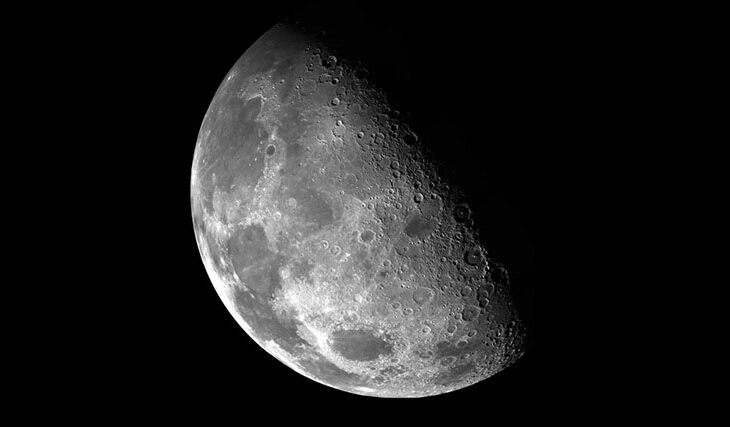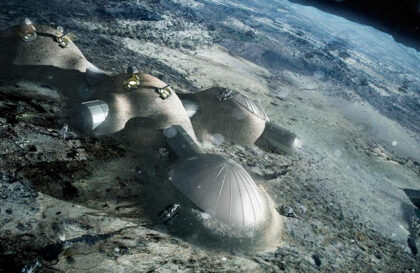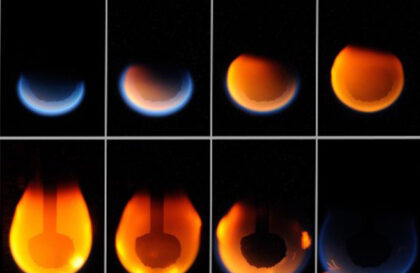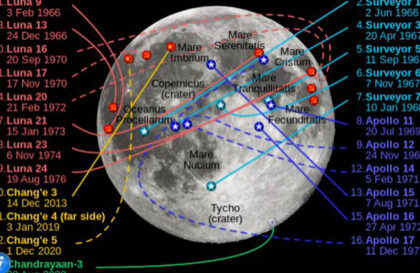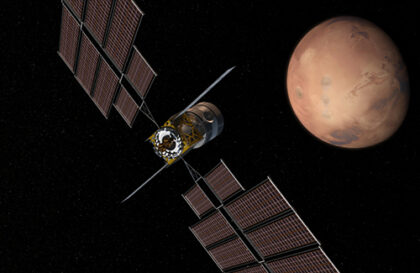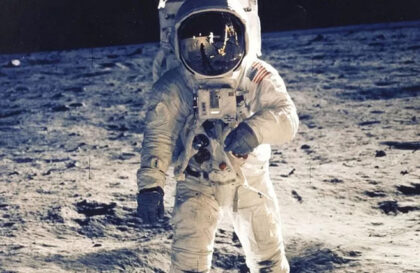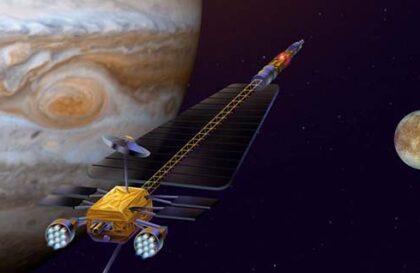Researchers continue to search for water on the moon. This information is of fundamental importance for clarifying existing hypotheses about the origin of the Moon and creating bases for further research on the Moon and space.
Is the origin of the moon related to water?
One of the hypotheses about the origin of the Moon suggests that it was formed as a result of the collision of the Earth, which in the distant past was slightly more significant than it is now, with a vast space object the size of Mars. At the same time, some of the high-temperature materials were captured by the Earth’s gravitational field and remained in near-Earth orbit, where they united over time, forming the Moon. Previously, when there was no evidence of the presence of water on the Moon, this hypothesis was considered the only possible one, and the Moon was even called “dry as a bone.”
Another well-known hypothesis suggests that the Moon and Earth formed from a standard protoplanetary disk, which implies that the Moon should not be deprived of water.
However, the presence of water on the Moon is of great importance, as it can change our understanding of the origin of the Moon. Even given the models that astrophysicists use to explain how water can evaporate or be retained on the Moon, it could still exist even in a scenario where the Earth collides with a space object. Therefore, there is now an active discussion, which is constantly updated with new data on the amount of water in lunar soil samples.
Moreover, the study of the isotopic composition of hydrogen on the Moon has become possible, which was previously practically impossible due to small amounts of water.
Why is the far side of the moon not similar to the side facing us?
In both hemispheres, there are quite a few large depressions, the so-called basins. But on the far side of the Moon, they are not filled with basaltic lavas, in contrast to the visible side, where covers of basaltic lavas in these depressions, mainly in impact depressions, form lunar seas.
Why are there no seas on the other side?
There are two versions. According to the first, in some parts of the Moon, magma sources were closer to the surface than they are now. There were eruptions of basaltic lavas, which, hardening, became very dense. And gradually the Moon turned to the Earth with the side where there were accumulations of dense matter.
According to the opposite point of view, the Earth, by its attraction, contributed to the fact that on the visible side, the sources of basaltic lavas were slightly closer to the surface than on the reverse, and outpourings occurred much more often. Which of these is closer to reality is still unclear.
How do lunar meteorites get to Earth?
Exploring new sources of lunar material is an exciting activity. Geologists have access to a wide variety of samples, including samples collected by astronauts and robotic stations. However, it is also interesting to study lunar meteorites.
The moon is a small body from which you can fly away at a speed of more than 2 km / s. During energetic collisions with large meteorites, part of the material will break off at high speed from the lunar surface and fall into the sphere of gravity of the Earth, then fall onto its surface.
Geologists have been successful in distinguishing lunar meteorites from those that come from the asteroid belt between Mars and Jupiter. They also have at their disposal several dozen meteorites, the composition of which indisputably indicates their Martian origin.
Bases on the moon?
On the far side of the Moon, devoid of terrestrial radio interference, it is possible to place a large radio telescope for observations in the Universe. It can also create a base for assembling spaceships, providing them with fuel and oxidizer from water ice in the polar regions, where there is eternal shade and hidden reserves of water. This water can be decomposed into hydrogen and oxygen used in rocket fuel.
The polar regions of the Moon, including places where the sun rarely sets and shines obliquely, such as Mount Malapert, provide an almost unlimited source of solar energy. The assembly of spacecraft can also be carried out in lunar orbit.
Image credit:
https://blog.jatan.space
https://blog.jatan.space
